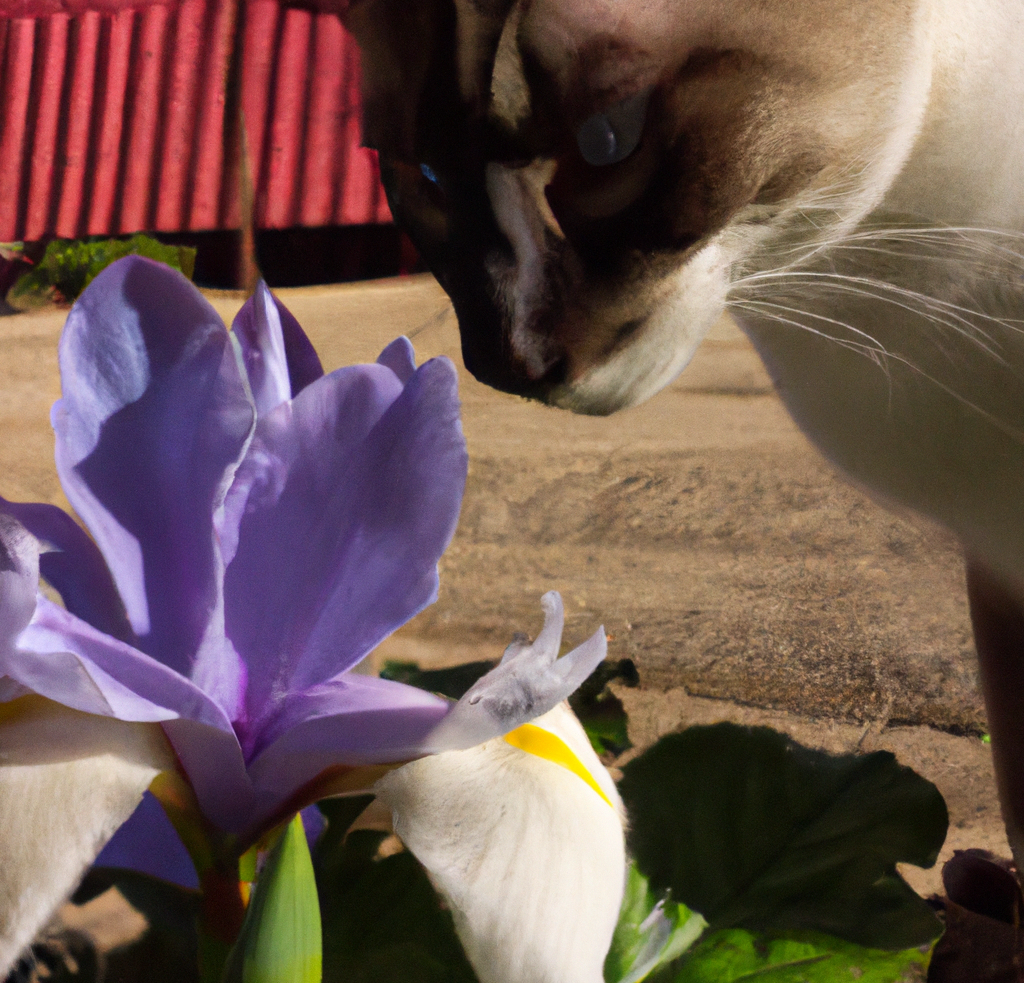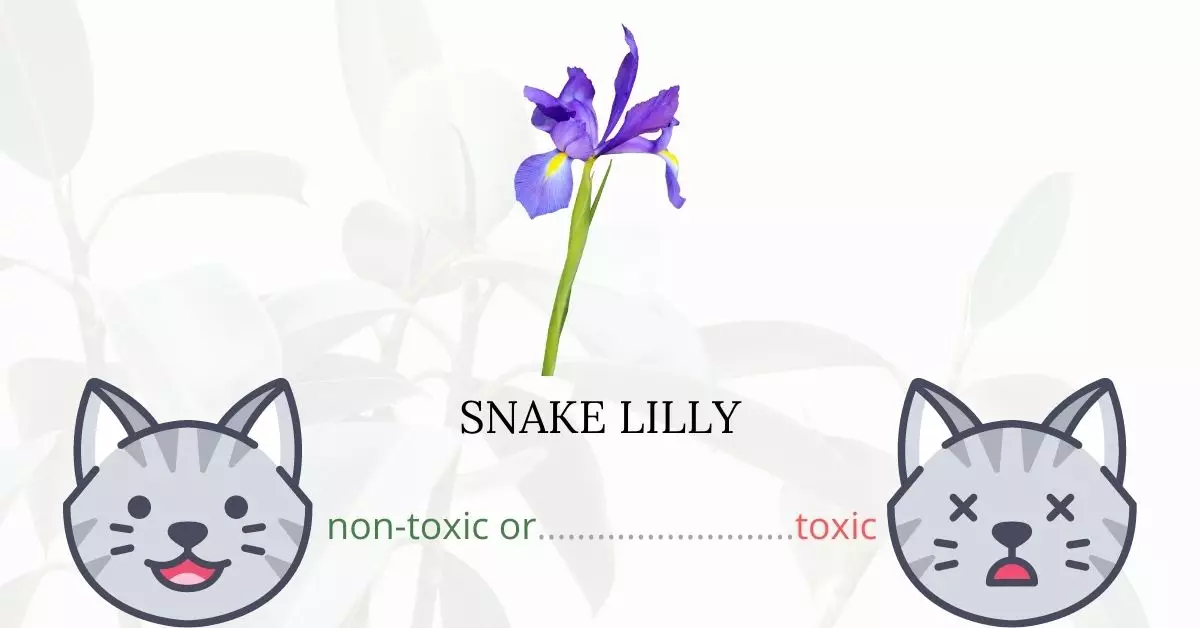Yes, Snake Lilies are indeed toxic to cats. When a cat consumes any part of a Snake Lily, it can lead to poisoning due to the presence of harmful compounds like irisin and pentacyclic terpenoids, which are known to irritate the feline’s stomach and intestines. Particularly, the bulb of the plant holds the highest concentration of these toxins, making every component of the plant potentially harmful.
This article is the result of collaborative efforts with a team of experienced Doctors of Veterinary Medicine (DVMs), whose valuable insights have significantly contributed to the accuracy and relevancy of the information provided herein. Their expertise helps us shed light on the potential risks and impacts associated with various plants, such as Snake Lilies, and their effects on cats. To further ensure the reliability of our content, we have meticulously researched high-authority websites like ASPCA and PetMD to provide you with the most up-to-date and credible information on the subject matter.
Clinical Signs of Snake Lilly Poisoning in Cats

When a cat comes in contact with, smells, or consumes the Snake Lily plant, various clinical signs indicative of poisoning can manifest, often appearing shortly after ingestion. In some instances, the manifestation of symptoms might delay up to 12 hours post-exposure. Here are the typical symptoms explained along with their reasons:
- Excessive Drooling: This occurs due to the irritation and burning sensation in the mouth and throat caused by the toxic compounds present in the Snake Lily. The cat’s body produces saliva in response to try to ease the discomfort.
- Vomiting: Induced by the irritation in the stomach and intestines, vomiting is a defensive response of the cat’s body attempting to expel the ingested toxins found in the plant.
- Diarrhea: The irritation of the intestines by the toxic compounds of the Snake Lily leads to increased bowel movements, resulting in diarrhea as the body attempts to expel the harmful substances.
- Lethargy: Due to the body’s energy being redirected towards combatting the ingested toxins, cats may exhibit reduced energy levels or appear unusually tired and weak.
- Loss of Appetite: The discomfort and irritation in the gastrointestinal tract can lead to a decreased desire to eat, as consuming food can exacerbate the discomfort.
- Internal Bleeding in the Stomach and Small Intestine Hemorrhage: The toxic compounds in Snake Lily can cause damage to the lining of the gastrointestinal tract, leading to internal bleeding and hemorrhage in severe cases.
Each of these clinical signs arises as a consequence of the body’s reaction to the harmful substances present in the Snake Lily, highlighting the imperative need for immediate veterinary attention if a cat is suspected to have come in contact with or consumed this plant.
First Aid and Treatment of Snake Lilly Poisoning in Cats

To begin, the vet will need to induce vomiting in the cat by injecting a 3% hydrogen peroxide solution orally. He will also give your cat activated charcoal, which will absorb any poisons that are remaining in her stomach before they enter her bloodstream.
If your cat is dehydrated as a consequence of constant vomiting, the veterinarian can administer fluids by IV until his health improves. If the plant material has already passed through the stomach, the veterinarian may provide an enema or laxative to clear out the intestines and remove as many toxins as possible.
In extreme circumstances, when the toxins have already begun to harm the kidneys, the veterinarian may need to conduct dialysis to rescue the cat. This is uncommon and only occurs in cats that have been poisoned and have not received treatment for several days.
Recovery from Snake Lilly Poisoning in Cats

As long as your cat received immediate and appropriate veterinary treatment, his chances of full recuperation are high. If it took several days before getting treatment for your cat, he may not survive particularly if the toxin has already caused renal failure.
Prevention of Snake Lilly Poisoning in Cats
Avoid bringing snake lilies into your house. Be cautious in bringing in bouquets and cut flowers. Make sure snake lilies are not growing in your gardens or surrounding areas. Limiting your cat’s access outdoors will reduce the risk of exposure to snake lilies and other toxic plants.
If you love plants but have cats at home, check out these lists:





